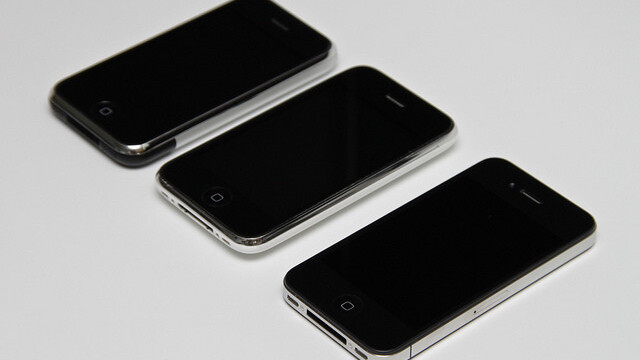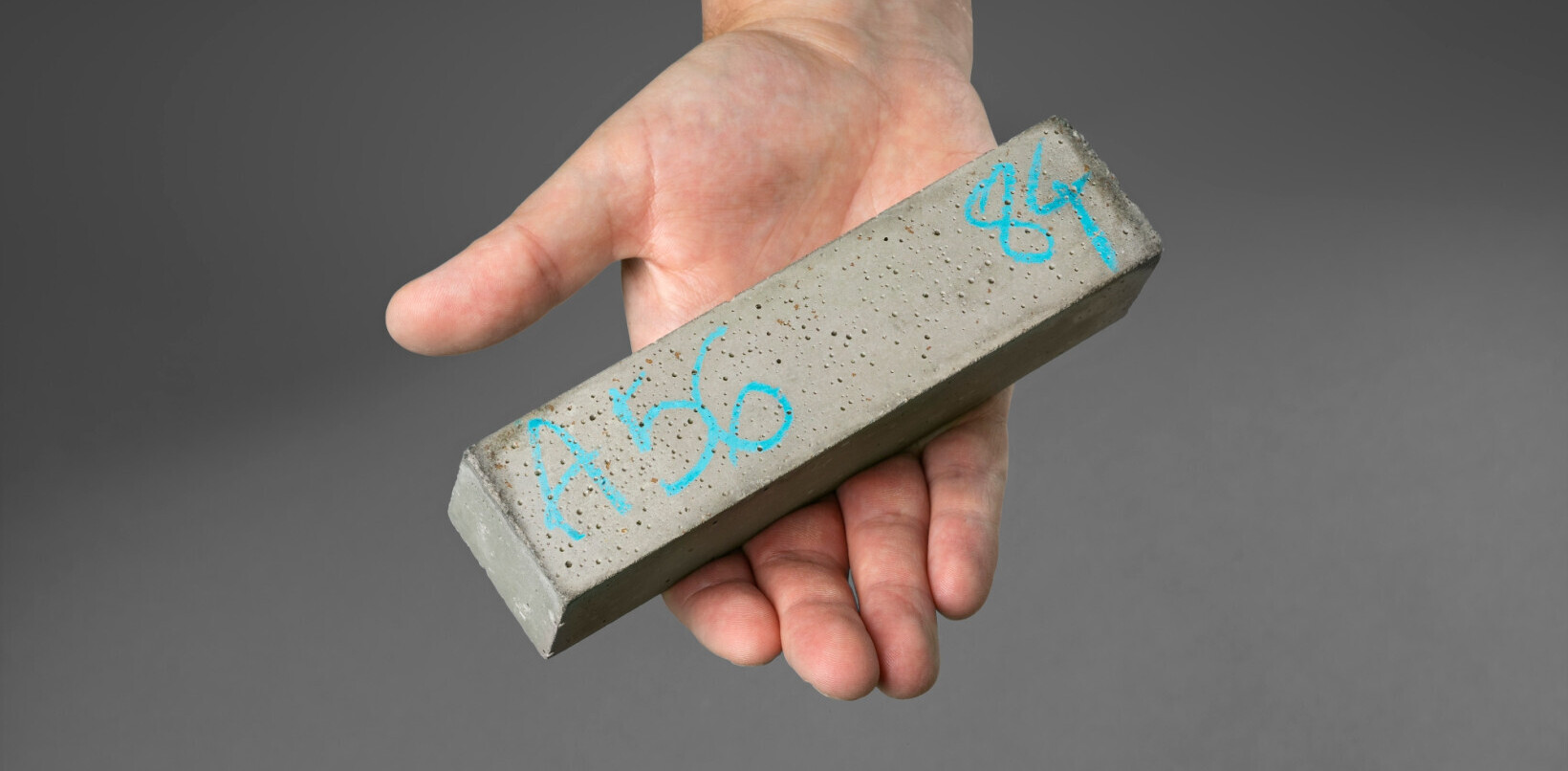
Reports that Apple is set to utilise in-cell display technologies in its next-generation iPhone have been given a significant boost following a report by the Wall Street Journal that suggests will incorporate displays made by LG, Japan Display and Sharp in the new device.
In-cell displays do away with separate touch screen and LCD display panels, incorporating them into one panel to increase display quality and can potentially reduce the overall thickness of the device (by mere millimeters).
Apple is said to have instructed LG, Sharp and Japan Display (which combines Sony, Hitachi, and Toshiba) to begin mass producing the panels, with the device shipping in the autumn.
The Wall Street Journal notes that due to the difficulty in manufacturing the in-cell display panels, Apple’s partners have been finding it difficult to achieve high yield rates.
It’s not the first time that we have heard that Apple would be incorporating in-cell display technology in its new iPhone, in fact some the first reports emerged on April 20, 2012 via Digitimes.
The display technology could help reduce the weight of the device, allowing Apple to incorporate a larger battery (to help offset the increased requirements of its rumoured LTE connectivity):
The technology integrates touch sensors into the LCD, making it unnecessary to have a separate touch-screen layer. The absence of the layer, usually about half a millimeter thick, not only makes the whole screen thinner, but the quality of displayed images would improve, said DisplaySearch analyst Hiroshi Hayase.
By combining the touch and LCD layers, Apple theoretically can reduce its reliance on separate suppliers, making it cheaper and easier to source component parts.
[Image Credit: Yutaka Tsutano]
Get the TNW newsletter
Get the most important tech news in your inbox each week.





